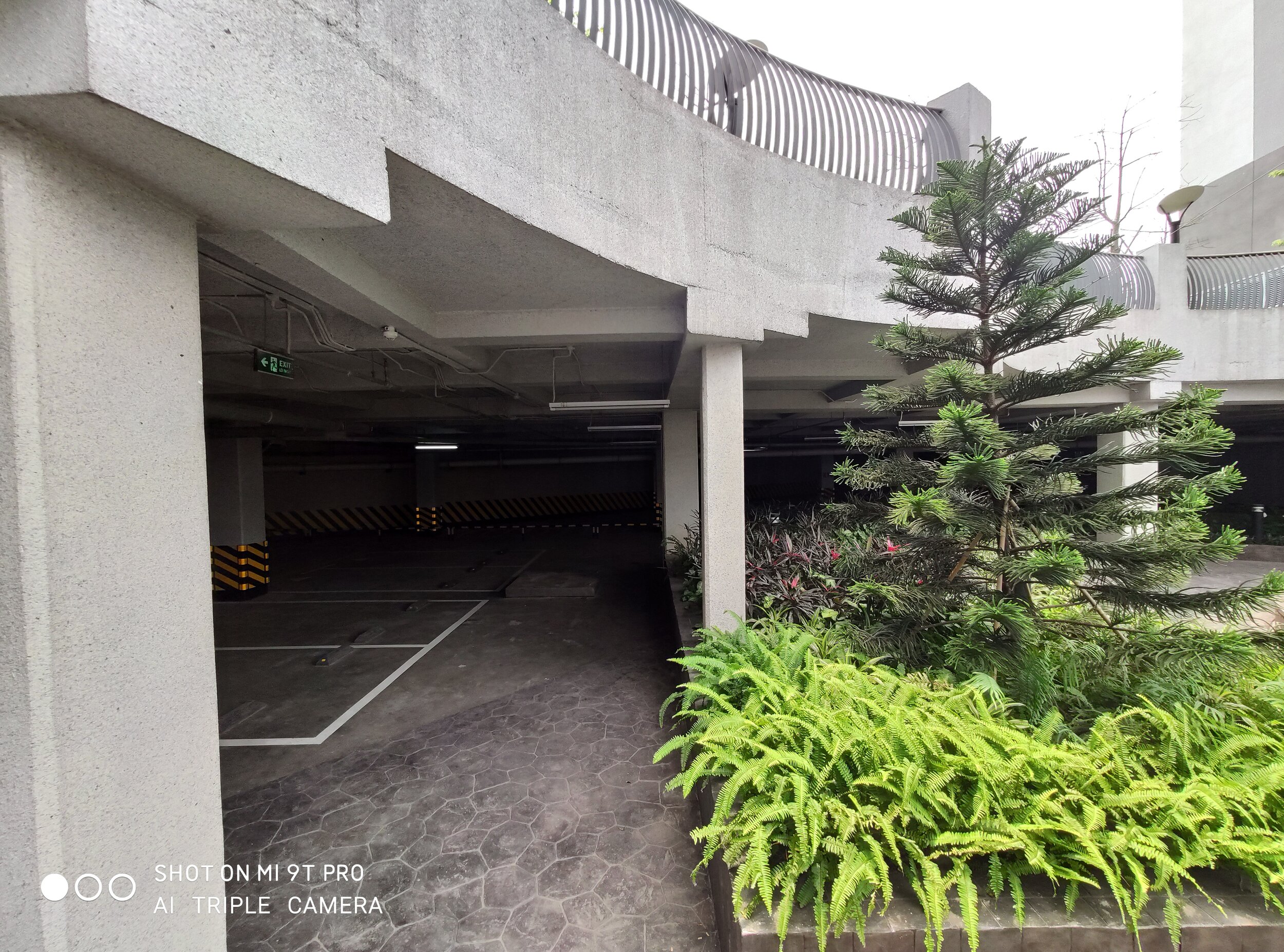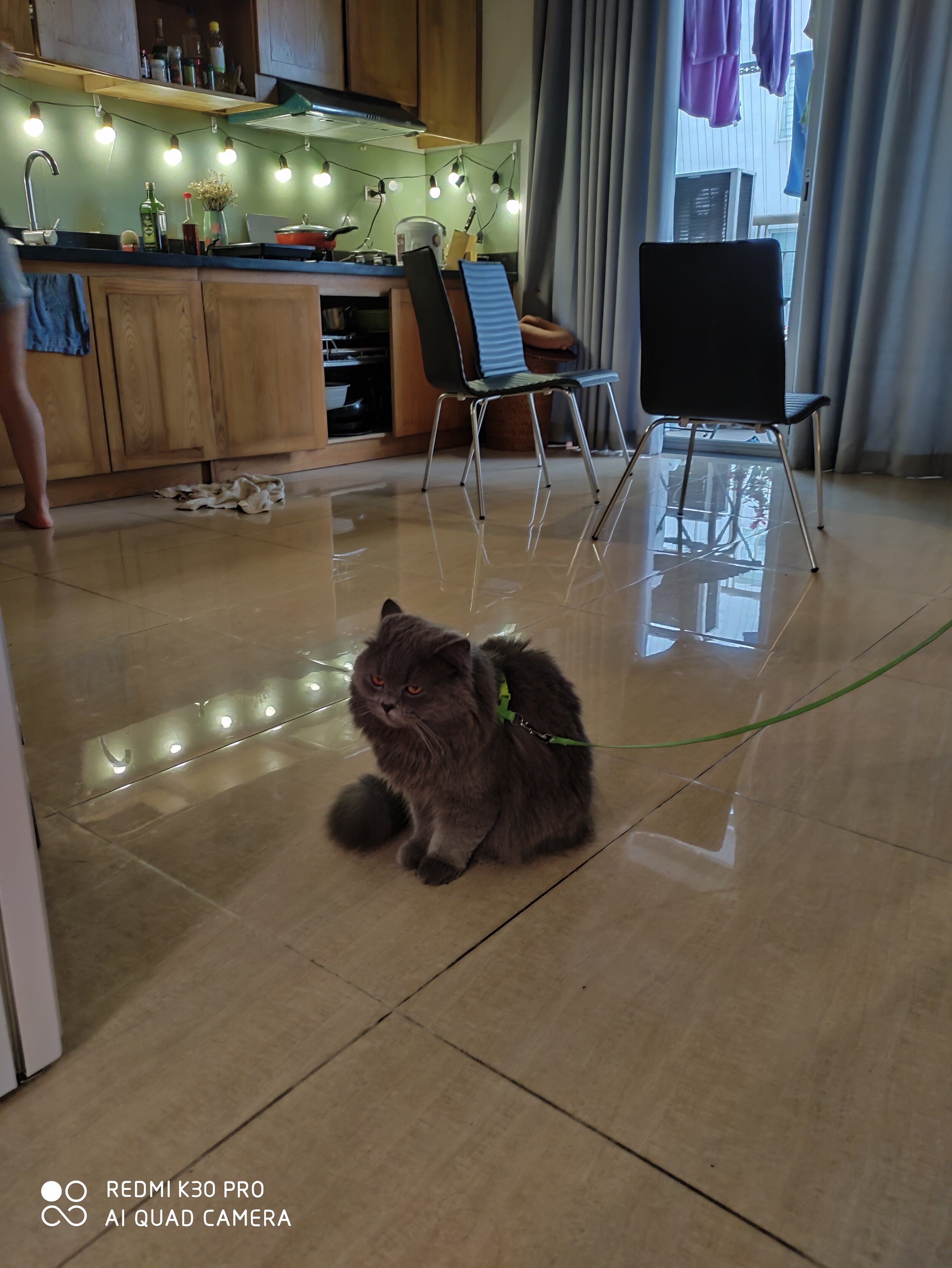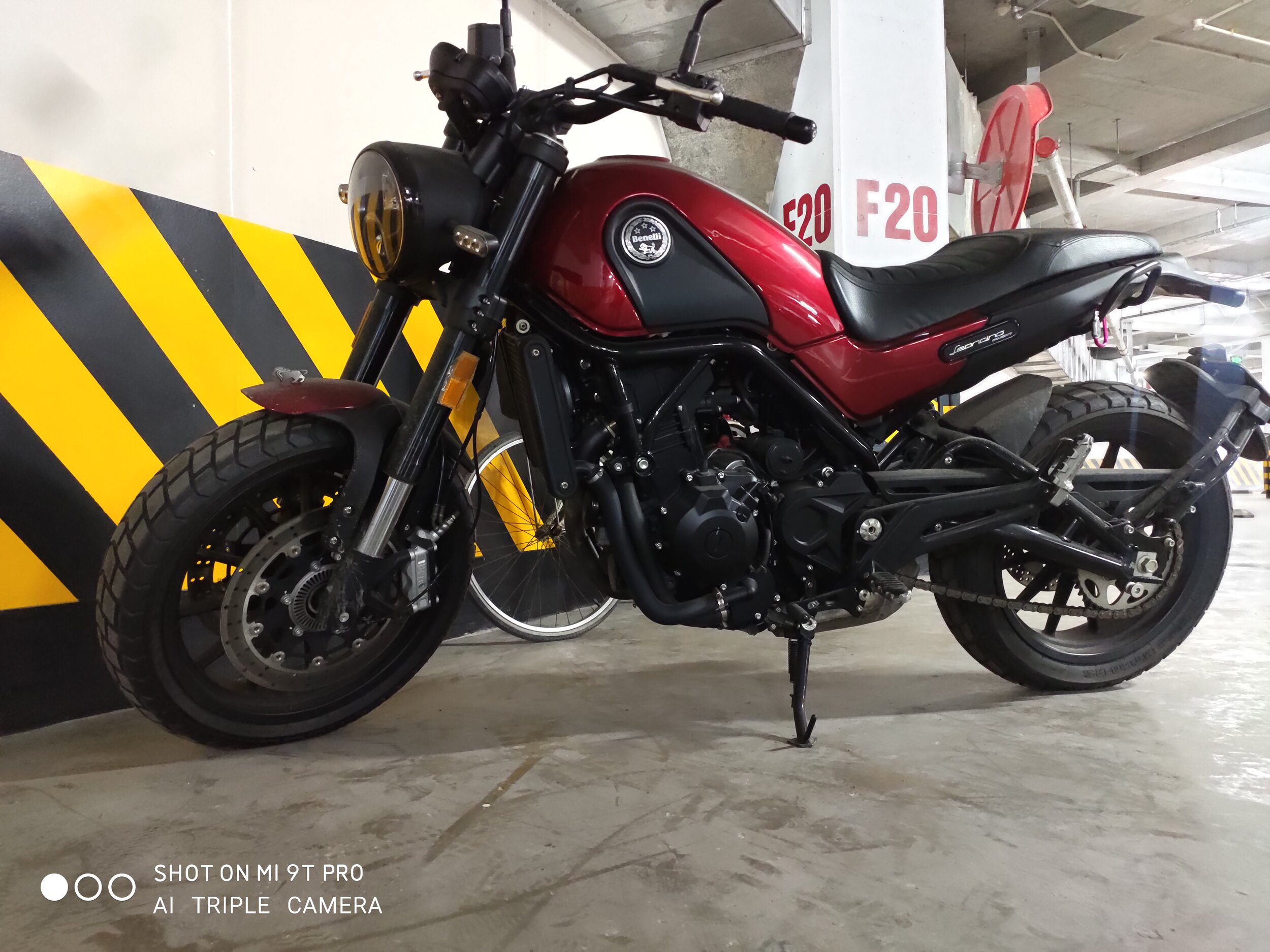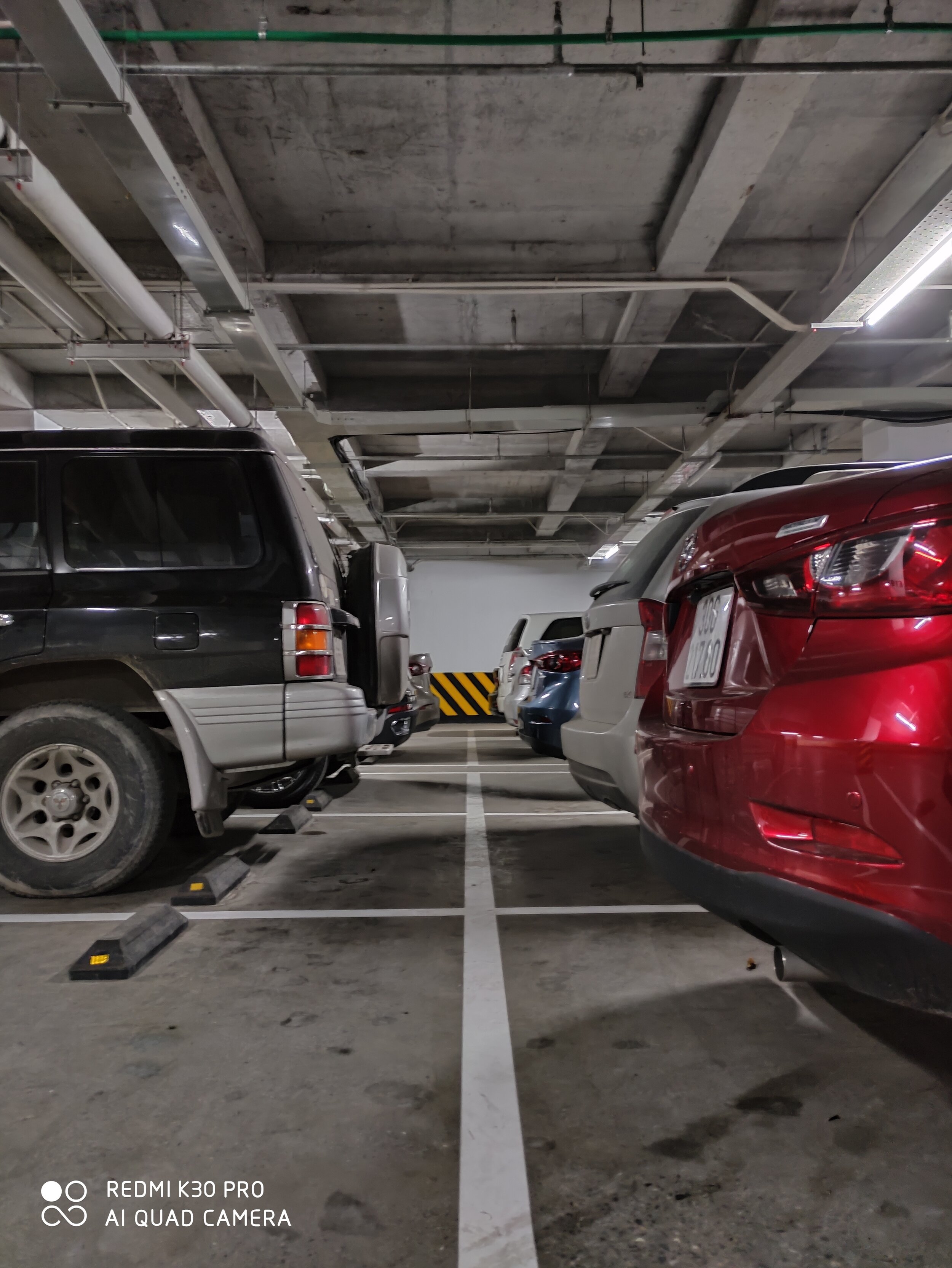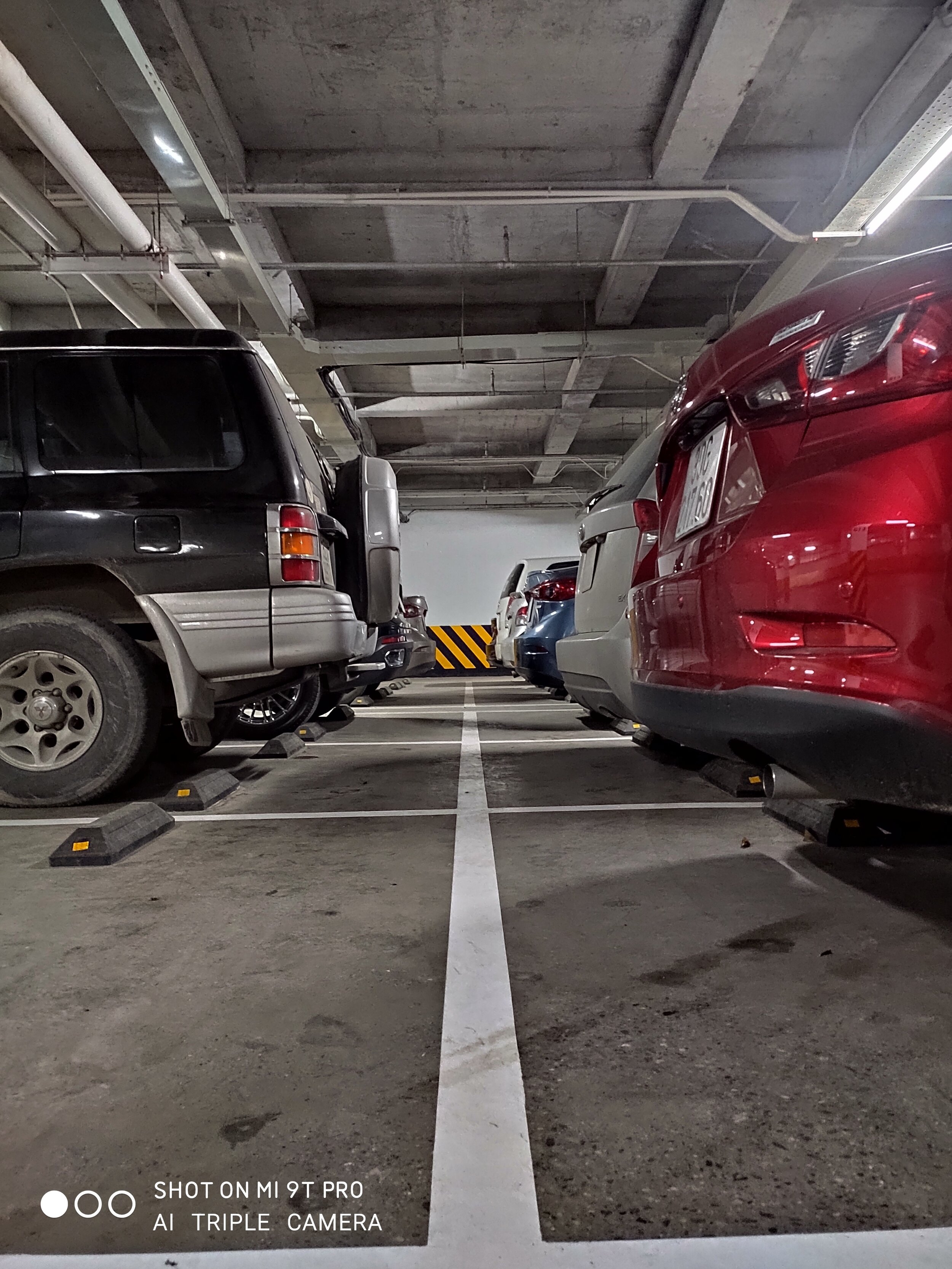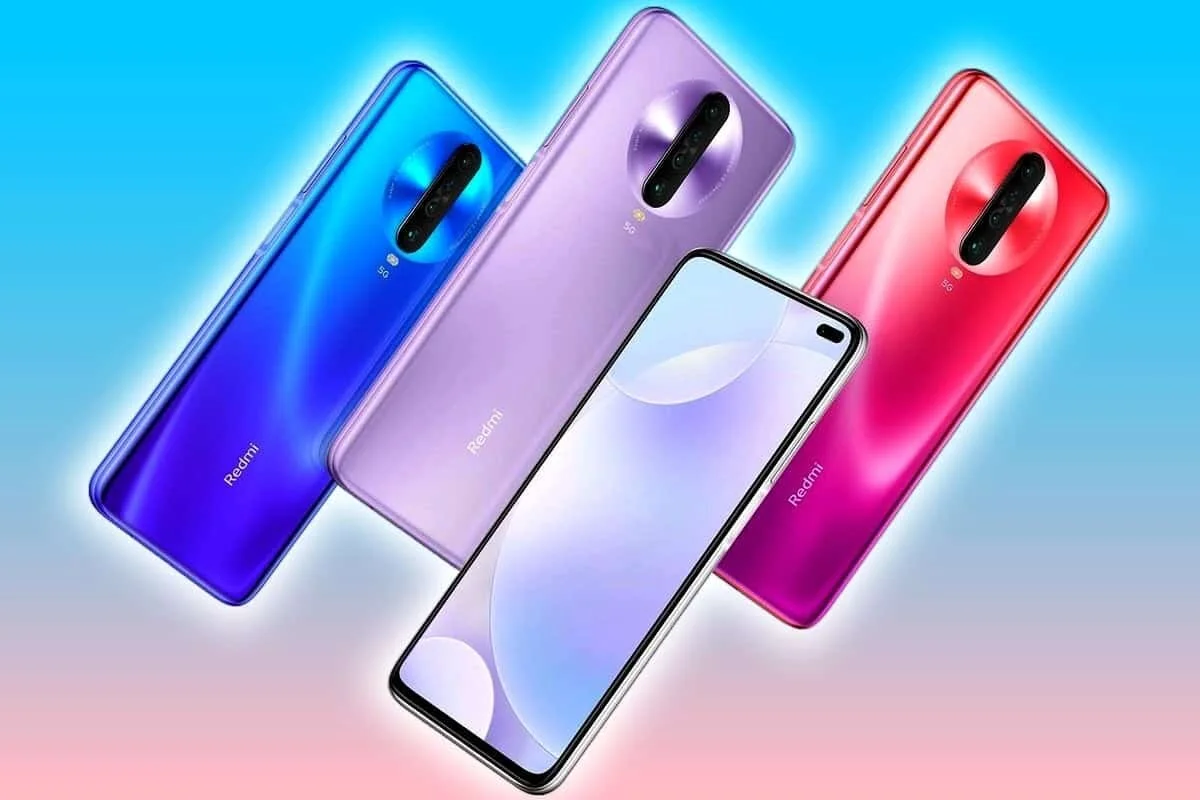The BEST Xiaomi Phones in 2020
/With the recent release of the Redmi K30 Pro, many have found new reasons to get excited over Xiaomi phones. But with such a massive lineup, it can be difficult to find just the perfect Xiaomi phone. In this article we will list the best Xiaomi phones your money can buy in 2020.
The King: Mi Note 10 Pro
Ever since this device came to market, we have been shocked by the sheer value it provides to the average user. Being the cheapest device on this list, one may find it weird that it is our favourite, but with an efficient processor, a two day battery, and insane camera technology, this phone is hard to beat.
So what are the compromises? Well, it won’t have the latest processor in the market, or the brightest display in the world, but for the average social media savvy phone-user, these compromises should be unnoticeable - and at its price, this is extremely nice to say.
Click here for a video on the Mi Note 10 Pro
Second Place: K30 Pro
Yes, the device that has been getting a fantastic amount of attention lately. Xiaomi’s latest is a 550 dollar phone that constantly performs like it costs 800 or above - in other words, it is impressive. It only doesn’t make first place because for the average consumer, many of this device’s features may not be fully useful. Sure, a nicer screen is always great, and a faster performer makes everything better, but with the Mi Note 10 Pro, you get 95% of the experience for 100 dollars less.
If you see yourself needing the extra quirks of the K30 Pro however, we recommend the 8GB of RAM + 128GB storage configuration in specific, as it offers just the right balance between horsepower and storage, all while still maintaining itself at a price realm where it differs itself enough from some of Xiaomi’s more expensive devices.
Click here for a video on the K30 Pro
Third: Mi 10 (Non-pro)
That’s right, we are recommending one of Xiaomi’s latest flagship phones - only that we are recommending its less premium brother, the Xiaomi Mi 10. Featuring the same internals, display technology and 108MP main camera sensor, the Xiaomi Mi 10 Pro packs the same delightful flagship experience while saving you a lot of cash.
The areas where you will be missing out are very few and far between, with the camera sensor’s quality being the most notable of them. Nevertheless, the Xiaomi Mi 10 offers more than sufficient camera technology for the average user, and to its own benefit, an even bigger battery than its pro variant, with an extra 280mAh of juice.
Avoidable Fourth: K30 Pro Zoom Edition
In our last place, although still somewhat note-worthy, we have a rather awkward device. The Redmi K30 Pro Zoom Edition, the K30 Pro’s 30x Zoom capable brother, costs the same amount of money as the Mi 10, whilst featuring a better camera, and in our opinion, a better looking design.
With design being subjective of course, the only reason we see someone justifying picking up the K30 Pro Zoom over the Xiaomi Mi 10 is if they really don’t care for extra pixels, and simply enjoy how the K30 Pro is designed. At this point however, we’d argue that the average consumer simply won’t find much use in the Zoom’s closeup capabilities, using it here and there simply for the coolness factor - so why not save some money and just go with the K30 Pro base edition?
What do you think of our list? Let us know down below.











